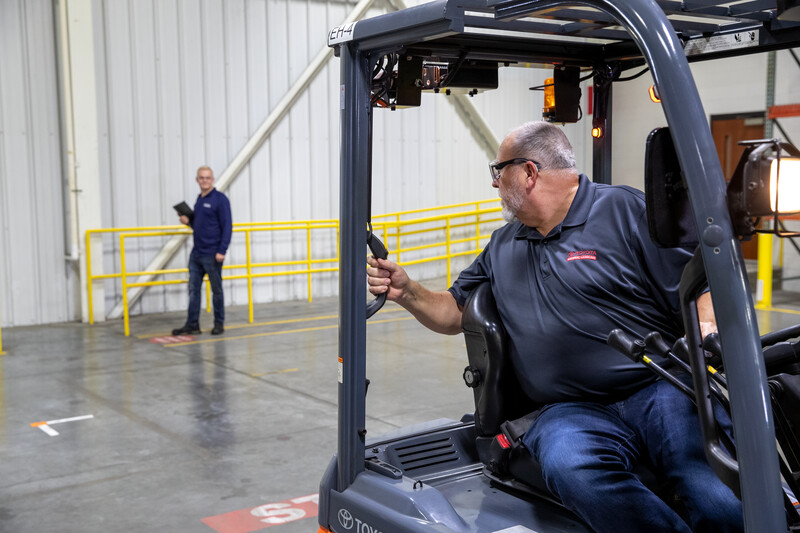Forklifts, indispensable tools in industrial and warehouse settings, significantly enhance efficiency and productivity. However, their utility comes with inherent risks. Forklift accidents can lead to severe injuries and property damage. According to OSHA (Occupational Safety and Health Administration), nearly 35,000 serious injuries and 85 fatalities annually in the United States are attributed to forklift accidents. Employers and operators must prioritize safety measures to mitigate these risks. Here are three common forklift accidents and strategies to prevent them:
1. Tip-Overs
Tip-overs are among the most frequent forklift accidents and can result from various factors like improper loading, excessive speed, or uneven surfaces. To prevent tip-overs:
– Training and Certification:
Ensure all operators undergo comprehensive training and possess valid certifications. Training programs should cover load stability, safe speeds, and proper maneuvering techniques on different terrains. Regular refresher courses can reinforce safety protocols.
– Load Management:
Encourage operators to adhere to load capacity limits and distribute loads evenly. Emphasize securing loads with appropriate restraints or attachments to prevent shifting during transport.
– Terrain Evaluation:
Regularly inspect and maintain working surfaces. Uneven floors or obstacles pose tip-over risks. Implement protocols for inspecting routes and addressing any hazards promptly.
2. Pedestrian Collisions
Forklifts moving through busy workplaces pose risks of collisions with pedestrians. To mitigate these accidents:
– Segregation and Signage:
Designate separate pedestrian and forklift pathways, clearly marked with signage and floor markings. Limit crossover points and install mirrors at intersections to improve visibility.
– Communication and Awareness:
Encourage effective communication between operators and pedestrians. Horns, alarms, or flashing lights can signal a forklift’s approach. Train personnel to be vigilant and aware of their surroundings, emphasizing the importance of making eye contact with forklift operators before crossing paths.
– Speed Control:
Implement speed limits within the workplace and enforce them rigorously. Lower speeds reduce the risk of accidents and allow for better reaction times.
– Toyota SEnS:
Toyota’s SEnS system uses rear-mounted sensors that scan the warehouse for potential hazards including pedestrians and obstacles. It then alerts the forklift operator of the hazards up to 32 feet away.
In conclusion, forklift accidents can be mitigated by implementing a robust safety culture. Employers should prioritize ongoing training, hazard assessments, and constant reinforcement of safety protocols. By addressing common accident scenarios like tip-overs, pedestrian collisions, and falls from heights through proactive measures, workplaces can significantly reduce the risks associated with forklift operations. Ultimately, safeguarding both operators and pedestrians should be the foremost priority in any workplace utilizing forklifts. To learn more about our available safety products click here.
